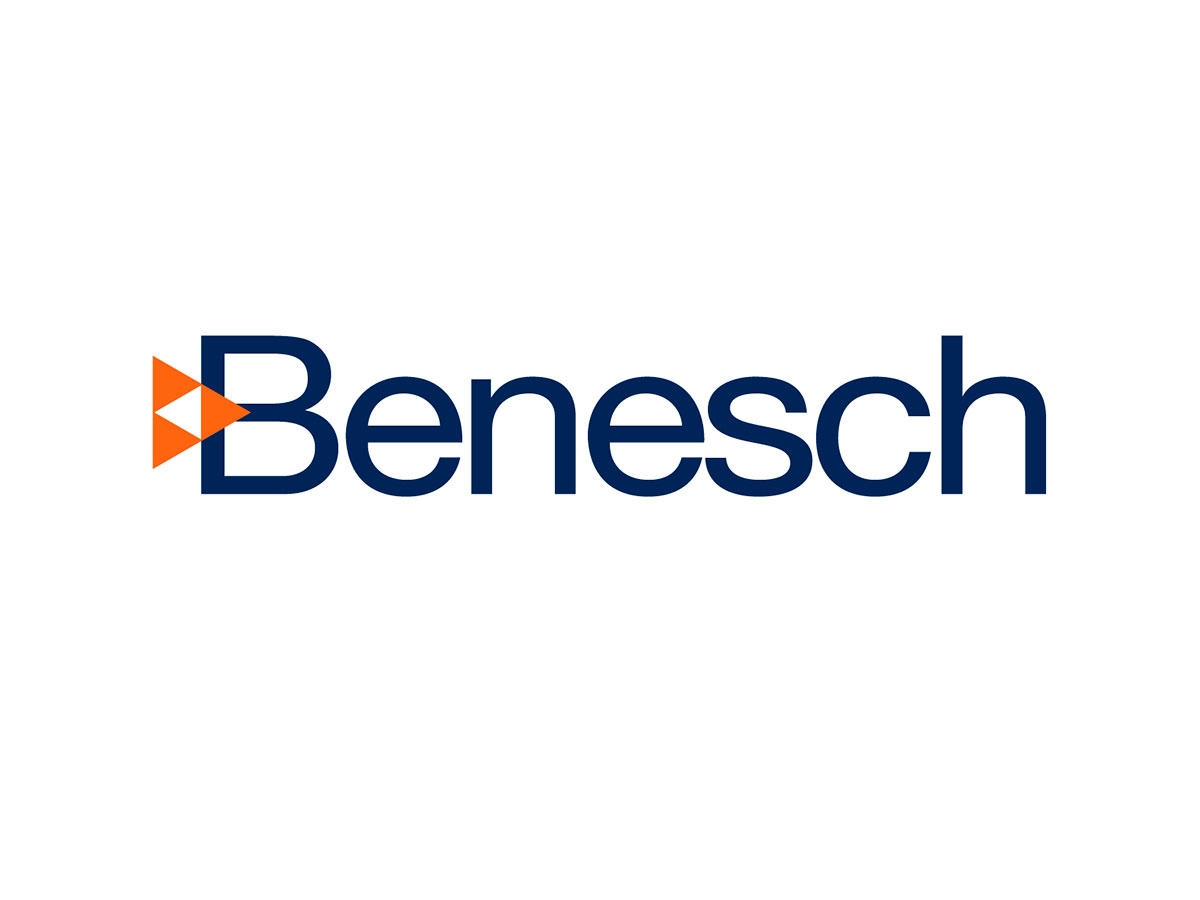Sanofi-Aventis Deutschlan GMBH v. Mylan Pharmaceuticals Inc. | Sheppard Mullin Richter & Hampton LLP
The Federal Circuit reversed a Patent Trial and Appeal Board (“Board”) decision finding the challenged claims of Sanofi-Aventis’ ’614 patent unpatentable as obvious.
Background
Mylan petitioned for inter partes review of Sanofi-Aventis’ ‘614 patent, alleging that the challenged claims were obvious based on a combination of three prior art references: Venezia, Burren, and de Gennes. The parties agreed that the ’614 patent and the de Gennes reference belonged to distinct fields of endeavor.
Mylan’s obviousness argument relied on demonstrating that each prior art reference it applied in its asserted obviousness combination constituted analogous art. Instead of showing that de Gennes was pertinent to the problem faced by the inventor of the challenged patent, Mylan argued that de Gennes constituted analogous art because it was pertinent to a problem faced by the Burren reference. The Board concluded that Burren, in combination with Venezia, did not render the challenged claims unpatentable but found the ’614 patent unpatentable as obvious in view of the three prior art references. Specifically, the Board found that de Gennes constituted analogous art to the ’614 patent. Sanofi argued on appeal that the Board erroneously agreed with Mylan’s argument that de Gennes constituted analogous art because Mylan incorrectly compared the de Gennes reference to another prior art reference, and not the ’614 patent. Sanofi further argued that the Board improperly shifted the burden of persuasion from Mylan to prove that the challenged claims were unpatentable to Sanofi to defend the claims of the ’614 patent as patentable.
Issues
Whether the Board erred in finding that de Gennes constituted analogous art to the ’614 patent and, thus, was properly combined with Venezia and Burren to render the ’614 patent’s claims obvious.
Holdings
The Federal Circuit reversed the Board’s obviousness finding because Mylan failed to establish that the primary prior art reference, de Gennes, is analogous to the ’614 patent.
Reasoning
Sanofi argued to the Board that de Gennes is not analogous to the ’614 patent, whereas Mylan incorrectly argued that de Gennes was analogous to another prior art reference and not the challenged patent. A reference constitutes analogous art if either (1) the reference is “from the same field of endeavor, regardless of the problem addressed” or (2) “the reference is reasonably pertinent to the particular problem with which the inventor is involved,” even if it is from a distinct field of endeavor. In determining whether a reference is analogous, the reference must be compared to the challenged patent. As such, Mylan’s attempt to characterize de Gennes as analogous art based on its similarity to another prior art reference was improper, and thus, did not support its obviousness arguments. The Board, therefore, erred in finding the ’614 patent obvious based on de Gennes.






